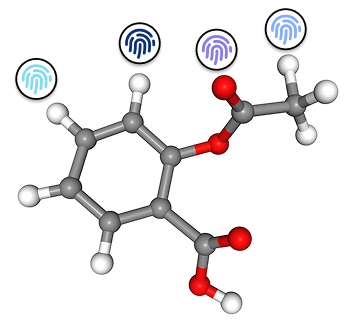Florian
@fses91
Happy to introduce 🔥LaM-SLidE🔥! We show how trajectories of spatial dynamical systems can be modeled in latent space by --> leveraging IDENTIFIERS. 📚Paper: arxiv.org/abs/2502.12128 💻Code: github.com/ml-jku/LaM-SLi… 📝Blog: ml-jku.github.io/LaM-SLidE/ 1/n

Attention!! Our TiRex time series model, built on xLSTM, is topping all major international leaderboards. A European-developed model is leading the field—significantly ahead of U.S. competitors like Amazon, Datadog, Salesforce, and Google, as well as Chinese models from Alibaba.
We’re excited to introduce TiRex — a pre-trained time series forecasting model based on an xLSTM architecture.
General relativity 🤝 neural fields This simulation of a black hole is coming from our neural networks 🚀 We introduce Einstein Fields, a compact NN representation for 4D numerical relativity. EinFields are designed to handle the tensorial properties of GR and its derivatives.
We release AB-UPT, a novel method to scale neural surrogates to CFD meshes beyond 100 million of mesh cells. AB-UPT is extensively tested on the largest publicly available datasets. 📄 arxiv.org/abs/2502.09692 🤗 huggingface.co/EmmiAI/AB-UPT 💻 github.com/Emmi-AI/AB-UPT
We introduce SIMSHIFT: A Benchmark for Adapting Neural Surrogates to Distribution Shifts. I sincerely hope that new ideas are coming out from this benchmark. Paper: arxiv.org/abs/2506.12007 Code: github.com/psetinek/simsh…
Great discussion, @chaitjo! We also explored this with extensive experiments in our recent paper: arxiv.org/abs/2501.01999. We find, among others, that equiv mods in a sense scale even better than non-equiv ones. Going more or less completely against the vibes from your post😅1/5
After a long hiatus, I've started blogging again! My first post was a difficult one to write, because I don't want to keep repeating what's already in papers. I tried to give some nuanced and (hopefully) fresh takes on equivariance and geometry in molecular modelling.
A European-developed TiRex is leading the field—significantly ahead of U.S. competitors like Amazon, Datadog, Salesforce, and Google, as well as Chinese models from companies such as Alibaba.
GIFT-Eval Time Series Forecasting Leaderboard Evaluates time-series forecasting methods. Now leading: TiREX arxiv.org/abs/2505.23719 Link: huggingface.co/spaces/Salesfo…
After a long hiatus, I've started blogging again! My first post was a difficult one to write, because I don't want to keep repeating what's already in papers. I tried to give some nuanced and (hopefully) fresh takes on equivariance and geometry in molecular modelling.
Finally out!!!
MHNfs: Prompting In-Context Bioactivity Predictions for Low-Data Drug Discovery #DrugDiscovery pubs.acs.org/doi/10.1021/ac… @JSchimunek @sohvi_luukkonen @gklambauer @LITAILab #JCIM Vol65 Issue9 #ApplicationNote
Can we model stochastic trajectories of molecules in latent space? No graph, no connectivity, just latent space and scaling? @fses91 introduces LaM-SLidE and shows us how: 📚 Paper arxiv.org/abs/2502.12128 💻 Code: github.com/ml-jku/LaM-SLi…
Need to predict bioactivity 🧪 but only have limited data ❌? Try our interactive app for prompting MHNfs — a state-of-the-art model for few-shot molecule–property prediction. No coding or training needed. 🚀 📄 Paper: pubs.acs.org/doi/10.1021/ac… 🖥️ App: huggingface.co/spaces/ml-jku/…
Today marks a big milestone for us at Emmi AI. We’ve raised a €15M seed round, backed by 3VC, Speedinvest, Serena, and PUSH. Let’s build the future of Physics AI together!
1/11 Excited to present our latest work "Scalable Discrete Diffusion Samplers: Combinatorial Optimization and Statistical Physics" at #ICLR2025 on Fri 25 Apr at 10 am! #CombinatorialOptimization #StatisticalPhysics #DiffusionModels
Yesterday, we shared the details on our xLSTM 7B architecture. Now, let's go one level deeper🧑🔧 We introduce ⚡️Tiled Flash Linear Attention (TFLA), ⚡️ A new kernel algorithm for the mLSTM and other Linear Attention variants with Gating. We find TFLA is really fast! 🧵(1/11)
⚠️Beware: Your AI assistant could be hijacked just by encountering a malicious image online! Our latest research exposes critical security risks in AI assistants. An attacker can hijack them by simply posting an image on social media and waiting for it to be captured. [1/6] 🧵